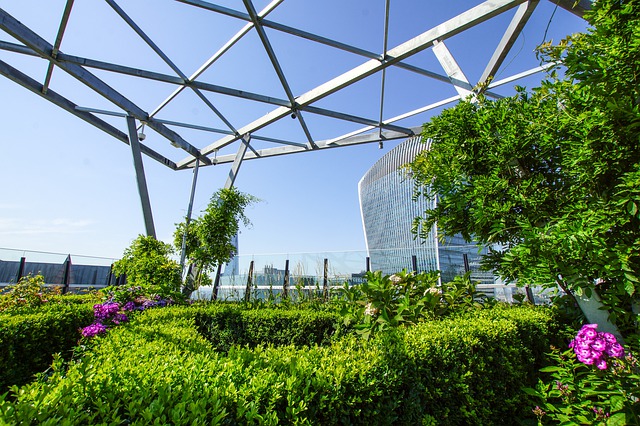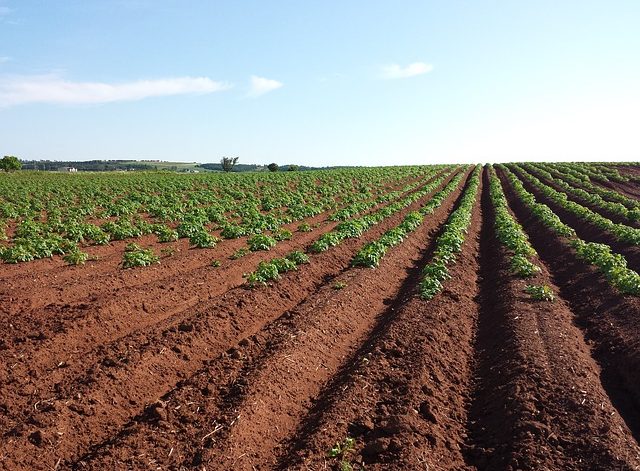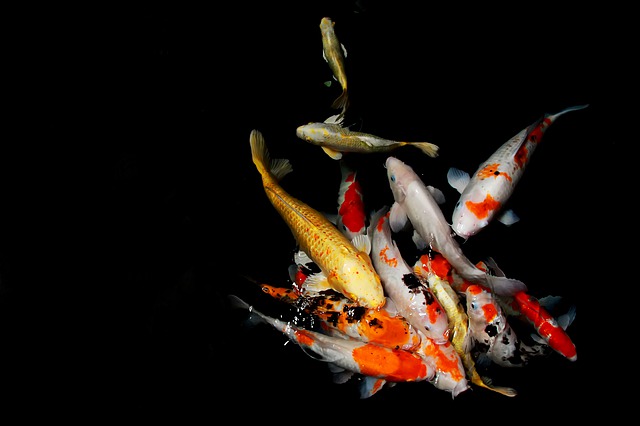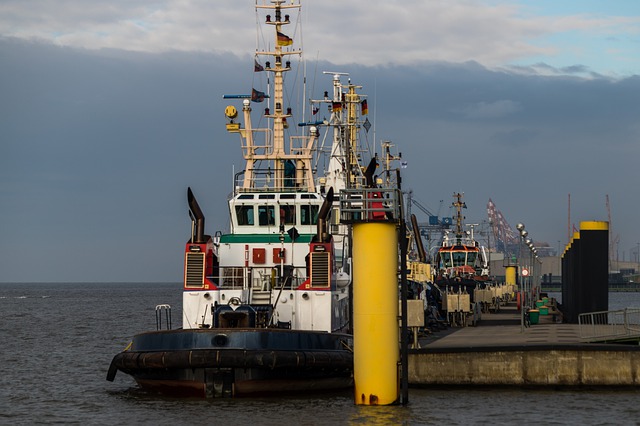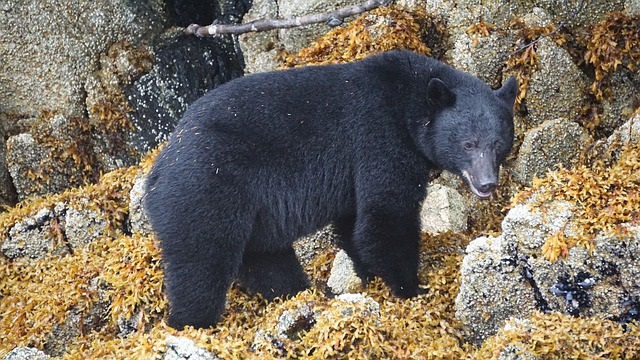INTRODUCTION HAND SANITISIERS Hand sanitiser is defined as a disinfectant agent in the form of foam, gel or liquid. The common names of hand sanitisers are hand rub, hand disinfectant, or hand antiseptic, hand disinfectant. USE OF HAND SANITISERS Hand sanitisers are applied on hands to kill different kinds of microorganisms such as bacteria, viruses, […]
Rooftop Vegetation and Vertical Gardening – Solution to Self-Sustenance
INTRODUCTION Rooftop vegetation and vertical gardening are included in the methods of urban farming. The rising temperature of the Earth’s surface is triggering natural disasters. Global warming is showing negative consequences on wildlife, marine biodiversity, plants, and humans. ROOFTOP VEGETATION The rooftop vegetation is defined as a type of farming or garden on the rooftop […]
Types Of Soils In Pakistan And Their Location And Properties
INTRODUCTION Soil: It is defined as an upper layer of the earth covered with material comprising of water, gas, microorganisms minerals, and organic matter. Living organisms living in soil are termed soil biota. Soil Classification: Soil is a dynamic ecosystem that keeps on changing with time. Climate change shows its effect on the soil. Check […]
Human Ectoparasites And Endoparasites Types and Impacts
INTRODUCTION PARASITISM Parasites are infectious agents that live in symbolic relationships with their host. PARASITES This term is defined as organisms that live in or on a host organism. Parasites get their food from the host while also causing harm to the host. You might also like: Climate Change Impacts Human Health – Pandemics The […]
What’s Biomanipulation? Importance, Advantages, Disadvantages
INTRODUCTION Biomanipulation is often regarded as Eco-partitioning. BIOMANIPULATION This term is defined as the human practice of altering an ecosystem by introducing or eliminating certain species. Biomanipulation is generally described as engineering technology. Check out Bioaccumulation and Biomagnification of Toxic Chemicals BIOMANIPULATION BIOLOGY Biomanipulation biology is further explained as a management practice adopted by humans […]
Impact of Corona virus Pandemic on the Environment of Pakistan
The latest research summarized the impacts of the corona virus pandemic on the environment of Pakistan. Globally, WHO declared the corona virus as a pandemic disease, the corona virus spread across more than 215 countries. Where it caused massive deaths and socioeconomic deadlock, surprisingly the air quality was improved. Major Cities of Pakistan had a […]
Deep Sea Mining and Its Negative Effects on the Environment
INTRODUCTION DEEP SEA MINING This term is defined as seabed mining that includes exploring and retrieving deposits and minerals from the depth of the oceans. The deep-sea mining is carried out at the depth of 200 meters. PROCESS OF DEEP SEA MINING Deep-sea mining is carried out by using modern technology. First, the remotely operated […]
International and National Environmental Organizations in Pakistan
INTRODUCTION Pakistan is an environmentally conscious country. The government of Pakistan has initiated several projects in order to tackle the impacts of climate change. The projects include the billion tree tsunami project, miyawaki urban forests, protected area management, bamboo production, etc. Pakistan has listed among the top 10 countries most affected by climate change. Climate […]
Illegal Wildlife Trade in Pakistan – Threat to Endangered Species
INTRODUCTION WILDLIFE TRADE This term is defined as the trade of products that are derived from wildlife that includes body parts of animals such as meat, bones, skins, etc. Living and dead animals are also traded internationally. The traded wild plant species are then grown in a controlled environment. ILLEGAL WILDLIFE TRADE Illegal wildlife trade […]
What’s Green Gentrification? Its Causes and Negative Impacts
INTRODUCTION Green Gentrification: It is also known as Environmental Gentrification or Ecological Gentrification. It is defined as a greening process by which the financial values of properties increase that brings attention of the rich communities to that area. While the disenfranchised and polluted properties are particularly inhabited by lower-income residents. In green gentrification, the pollution […]


